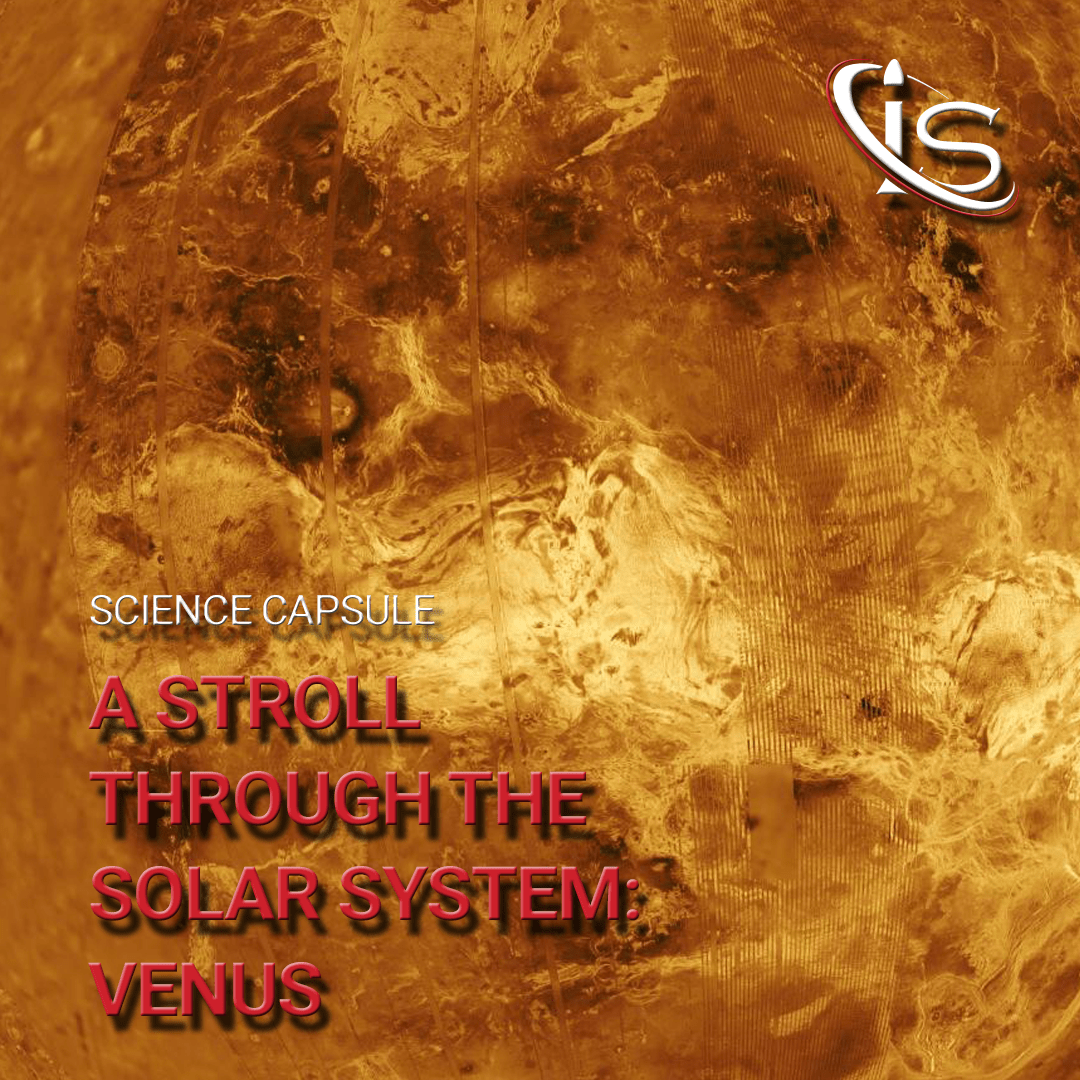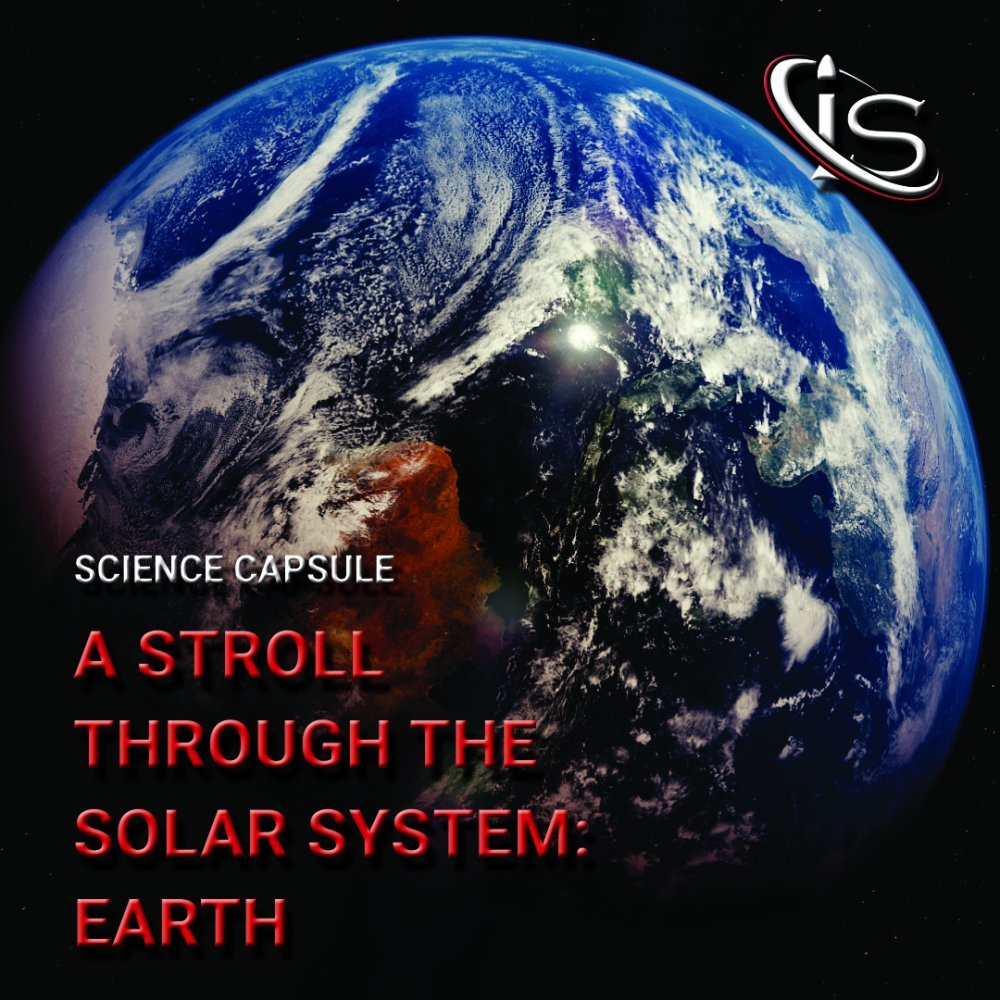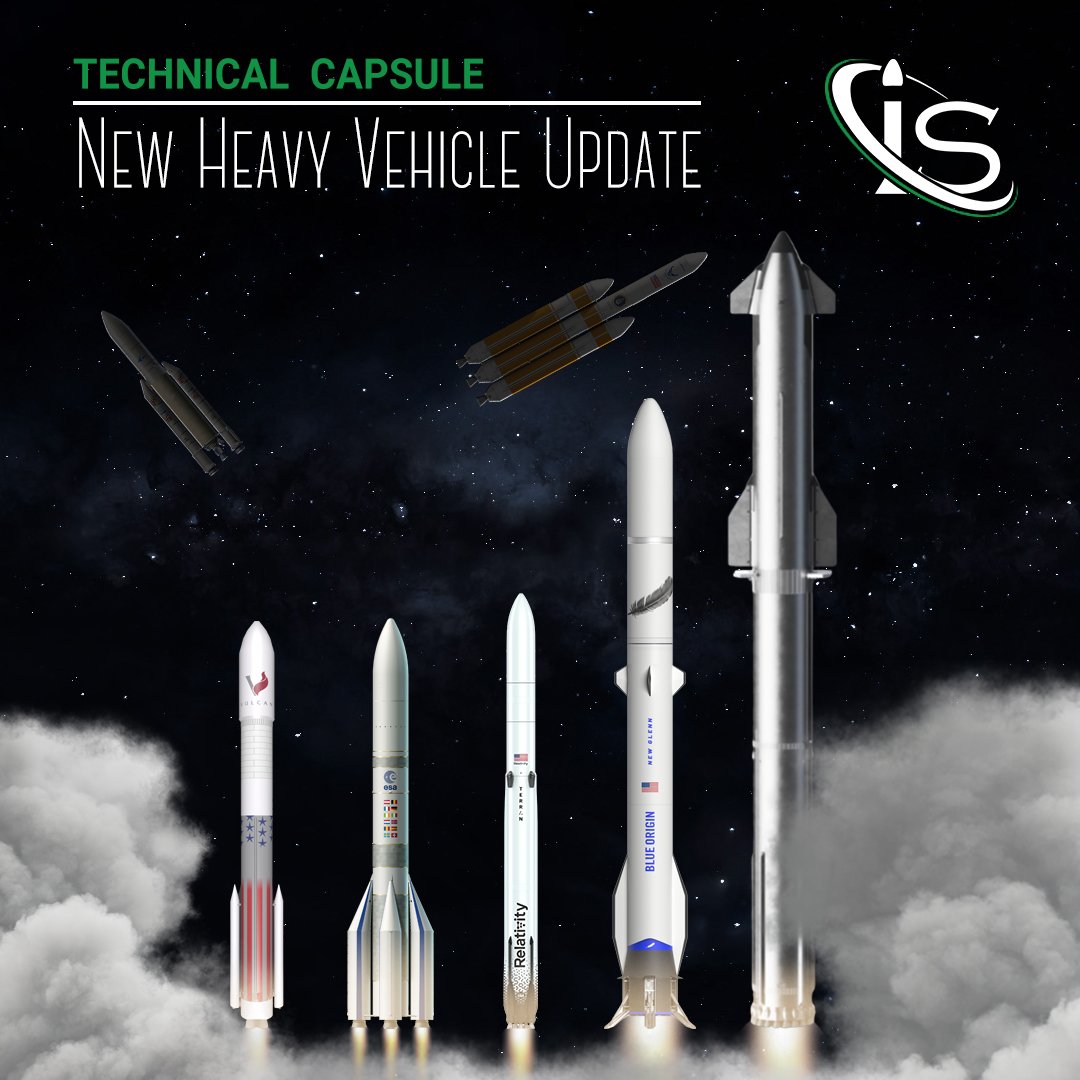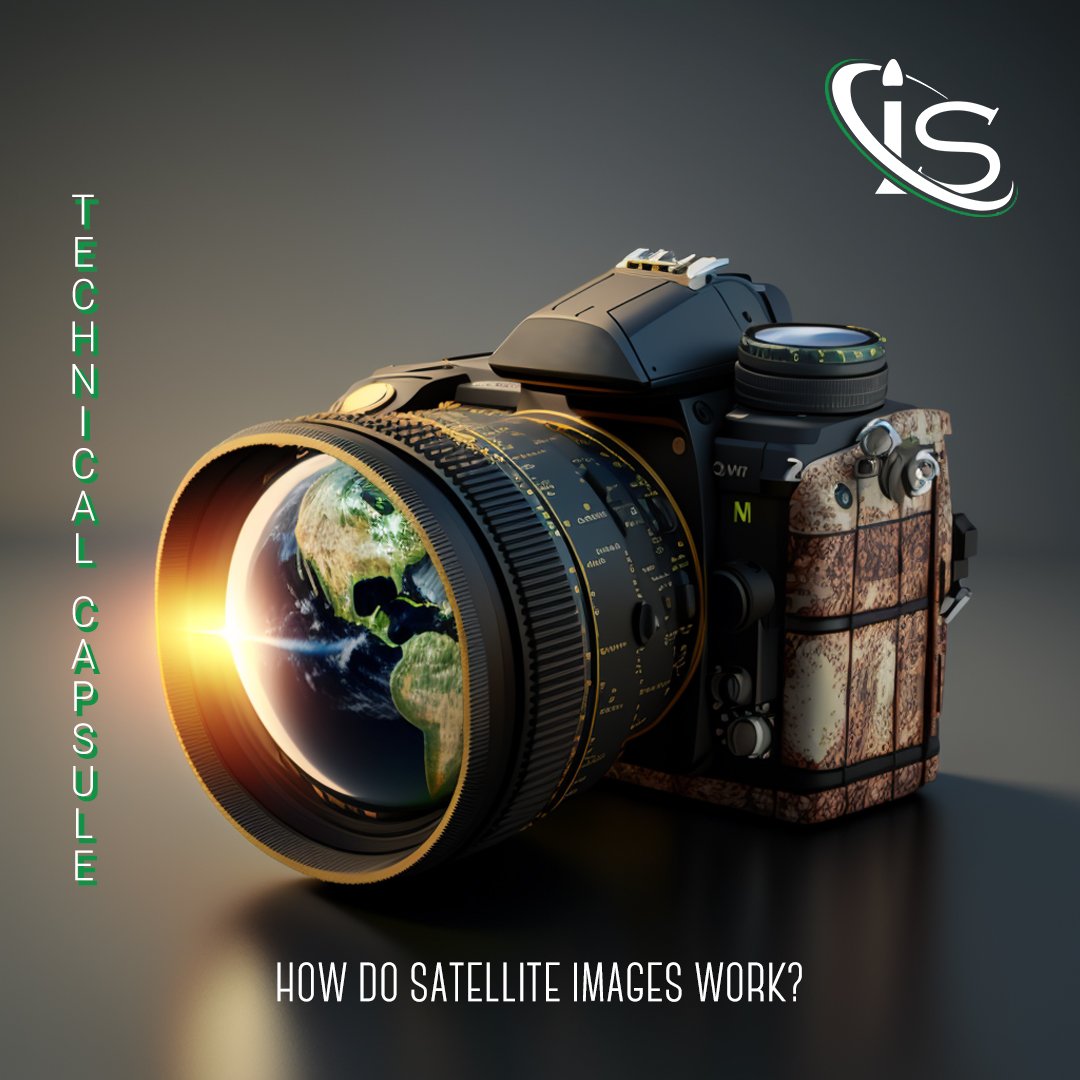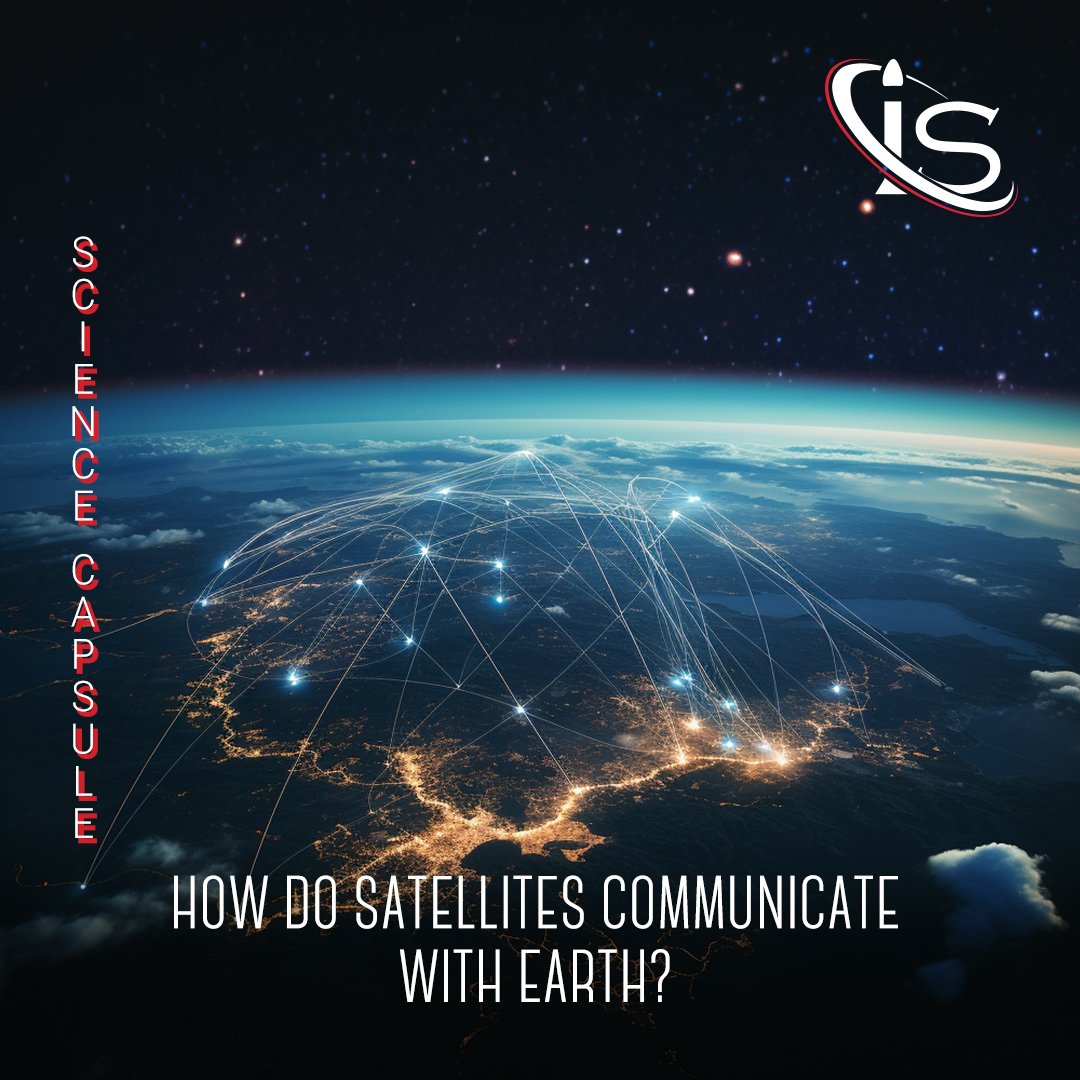In previous Science Capsules we have talked about how satellites, like the James Webb Space Telescope, can gather data about distant galaxies, stars, or various space phenomena. We have also discussed how this data can be transferred back to Earth in a timely fashion. However, not all satellites focus on examining the deep reaches of space. Instead, they can be a great help in collecting data for phenomena right here on Earth.
Today, we will specifically focus on how satellites can monitor geological events. Of course, geology is not the only area on which satellites collect data, but it is one of the more prominent ones. Now this notion may seem counterintuitive at first. After all, most people think of geology as the quintessential study of everything Earth-related. However, as this Science Capsule will show, satellites are not only able to gather data for this field but are in fact necessary to get the full picture of what is actually happening.
What Earthly Phenomena Can Satellites Observe?
Let us start this off by talking about the various geological processes that satellites can examine. One of the biggest is plate-tectonic activity. This refers to any movement or deformity in the Earth’s crust. The way satellites track this data is through the process of interferometry. Interferometry simply refers to any measurement obtained by the interference of two light beams. Now, satellites are not the only way to collect this type of information. They do, however, grant the ability to make large scale observation in a way that was not really possible before. This leads to much more accurate predictions, thanks in large part to how the data can be organized in a more systematic way. The benefits from this are multiple, with perhaps the biggest being a more complete way to study earthquakes.
Plate-tectonics, however, are not the only geological field that satellites can help in. In fact, there are many more ranging from climate-related observations to ocean-specific ones. Nowadays, most climate-focused studies revolve around climate change (rightfully so) with those conducted by satellites being no exception. Observing the entire Earth at once through various satellites also grants the ability to observe climate on a literal global scale. This, in turn, leads to even more precise and frequent data gathering. As for the ocean-related observations, satellites let us observe the temperature in various points of the sea surface. This then leads to gathering information on water currents and weather near the coast.
Why Satellites?
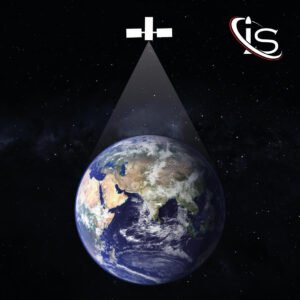
As I touched on briefly before, the main reason for using satellites for this type of data gathering is the large scale of observations that they offer. Of course, they will not replace all the other tools used for collecting geological data. Satellites, for examples, cannot collect soil samples while in space. But just the fact that they can have a more complete overview of the world at any given time than most equipment here on Earth is hugely valuable. After all, making inferences based on data is dependent on the number of data points collected. Simply put, the more data points there are, the more accurate any prediction made on them will be.
And when it comes to phenomena like plate-tectonics that are already large in scale, having equipment that can observe an even larger portion of the world than just that adjacent to moving plates is very beneficial. If, for example, there is a collision of two different continental plates, equipment on Earth will observe the direct effects quite easily. However, some of the more remote and distant effects will be much easier to examine from a satellite. This is nothing to say of the added benefit of more accurately predicting collisions before they happen.
The same reasoning, of course, applies to collecting data on climate and oceans. Being able to observe currents throughout an entire large body of water can be incredibly helpful. Detecting climate on a worldwide scale can help identify overall shifts due to climate change much more easily. In short, using satellites to gather vital information on these different phenomena has greatly increased the scope of studies that we can perform and, naturally, the knowledge that comes with them.
